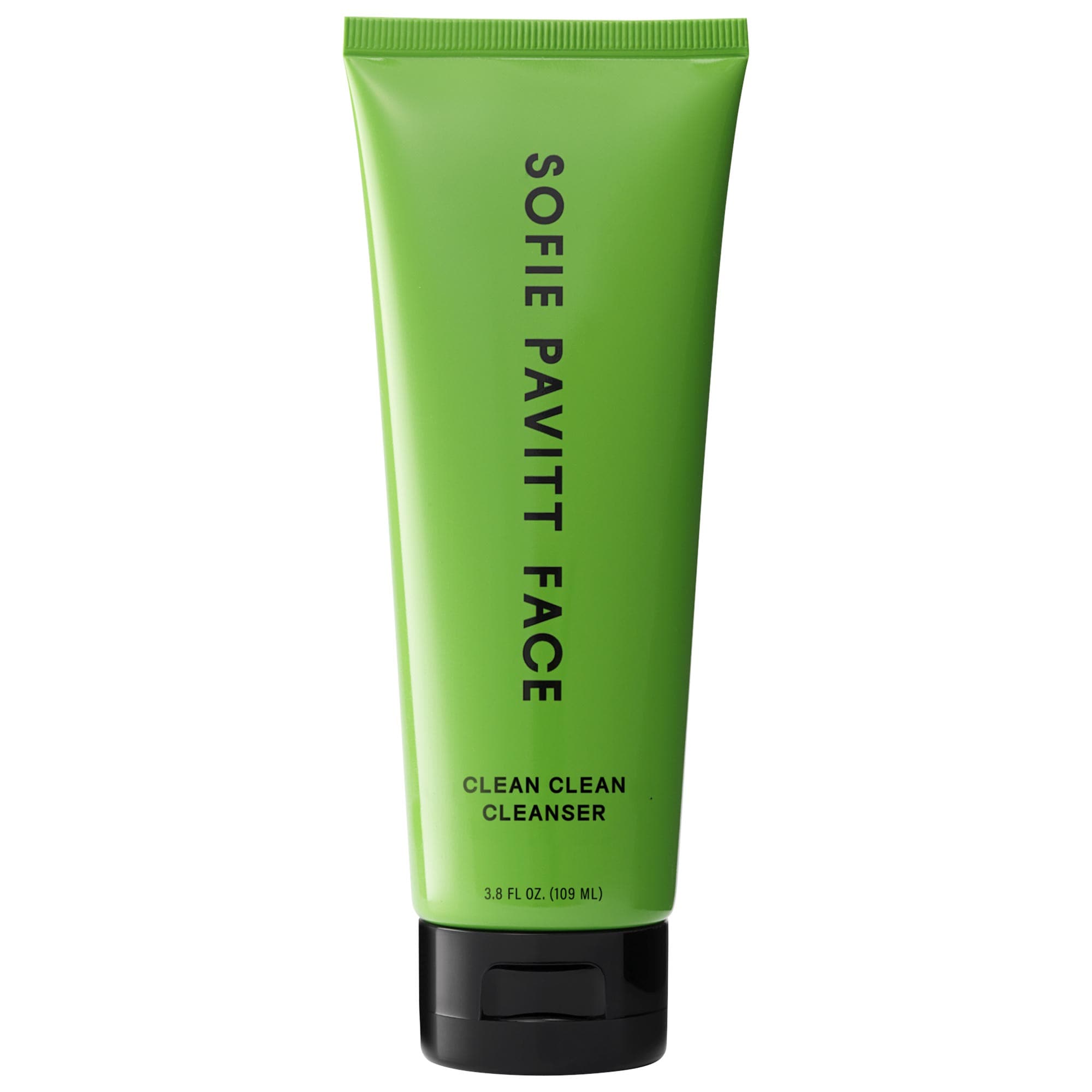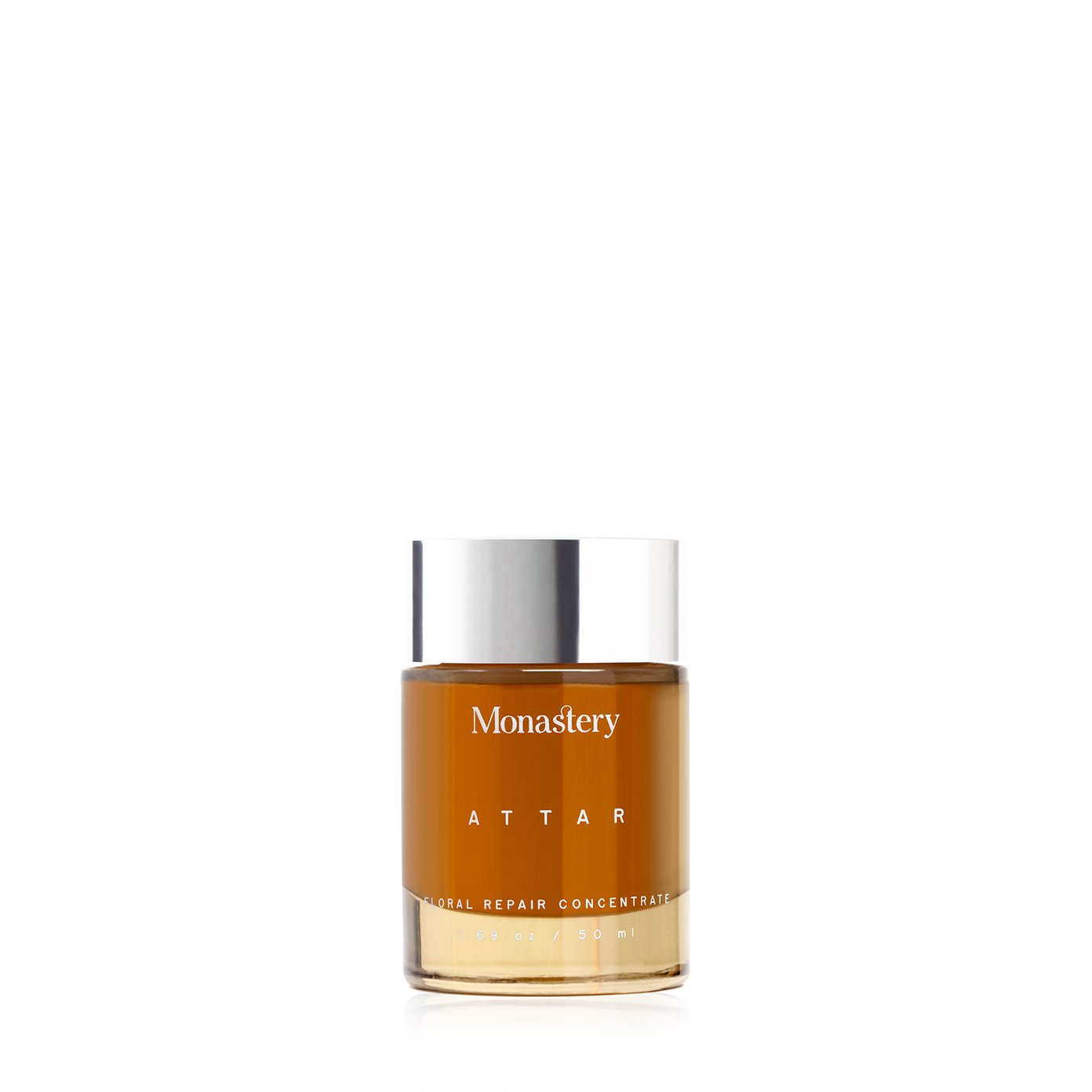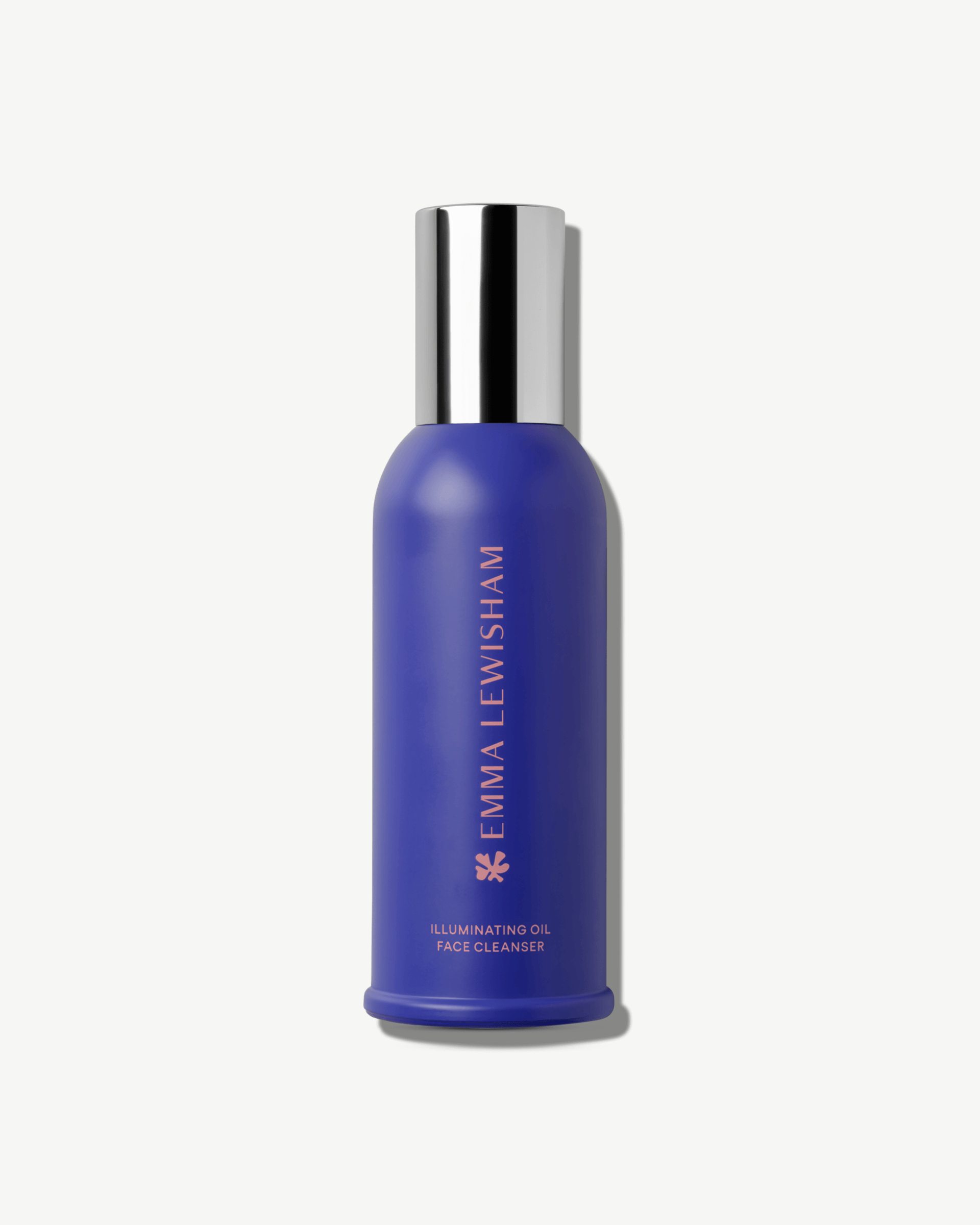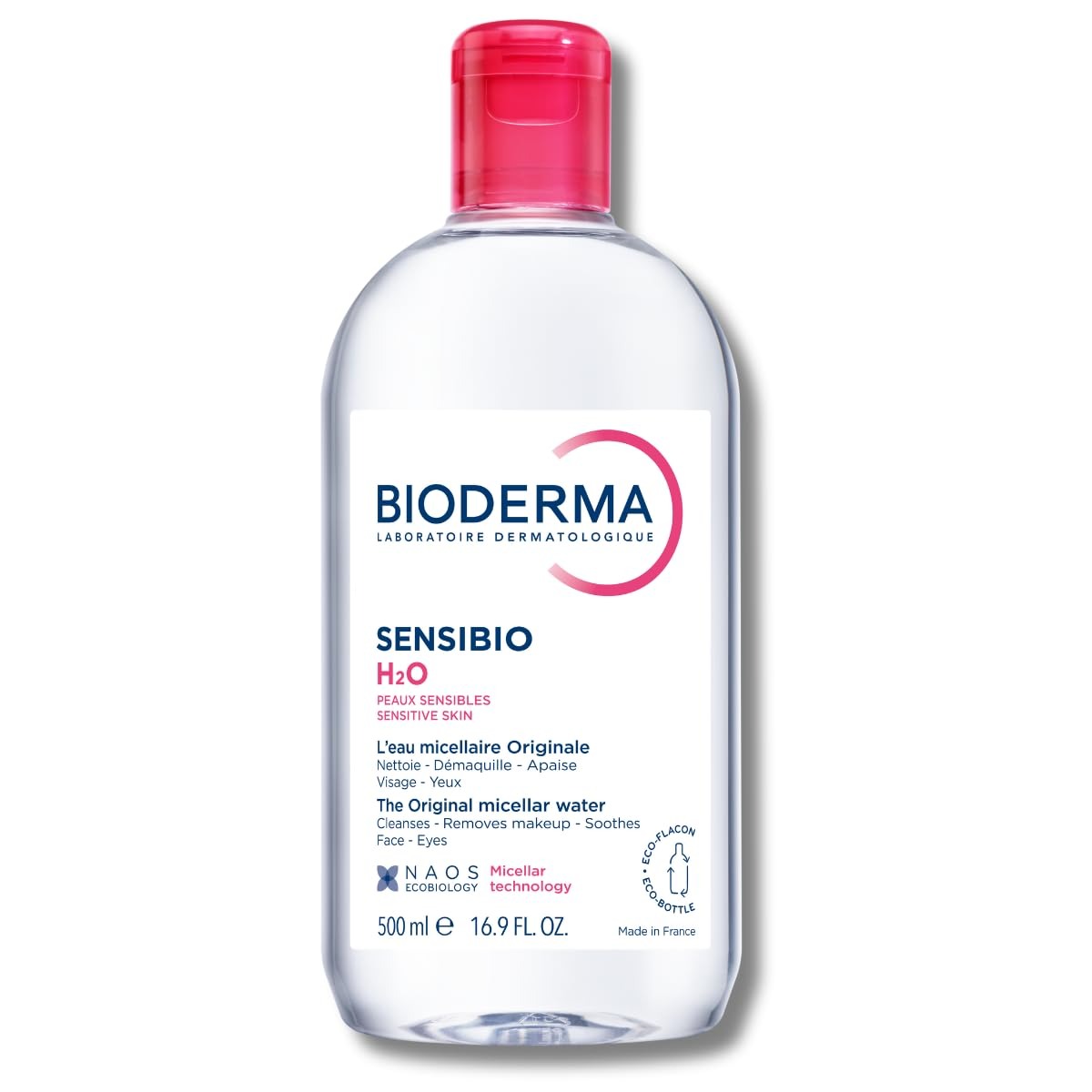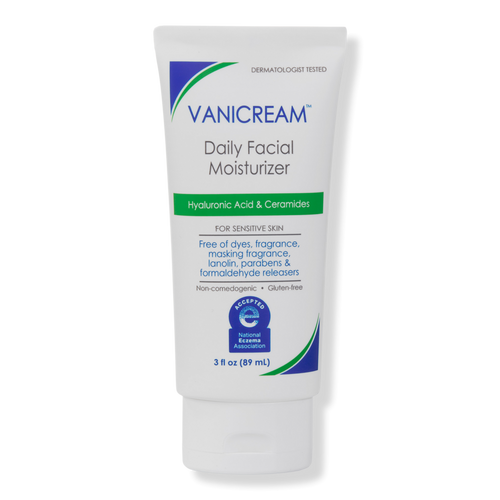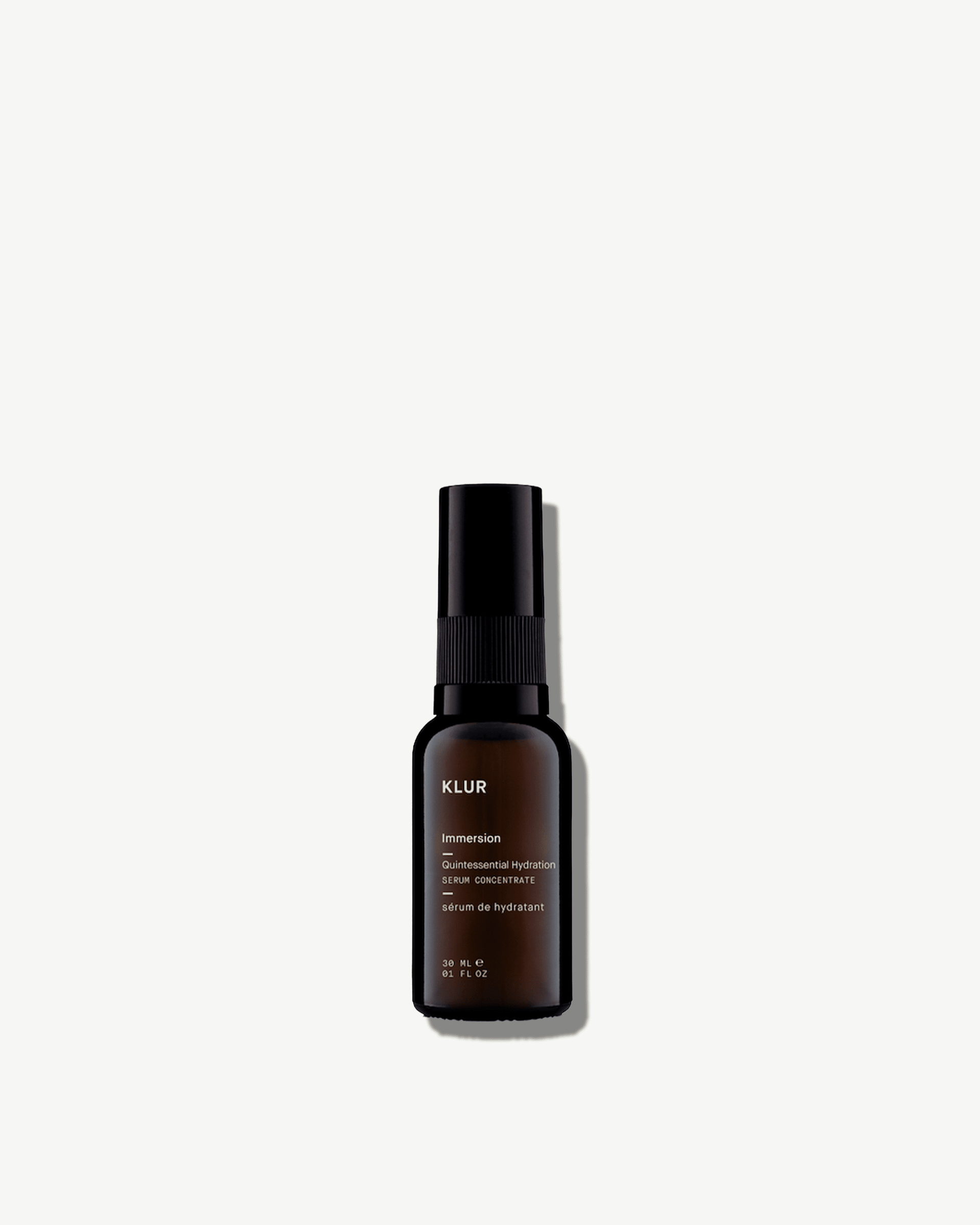TikTok's Caveman Method Might Seem Extreme, But Hear Me Out: It Changed My Skin
I know what we're all thinking. Sometimes, TikTok users can take it a hair too far, right? From sunscreen contouring to using household items as skincare, we've seen our fair share of trends on the platform that never should have seen the light of day. However, there are exceptions to every rule. Lately, I've seen the "caveman method" making the rounds on the platform and almost wrote it off completely, but once I learned what it actually entailed, I realized that I'd already practiced a lighter version of it with great results.
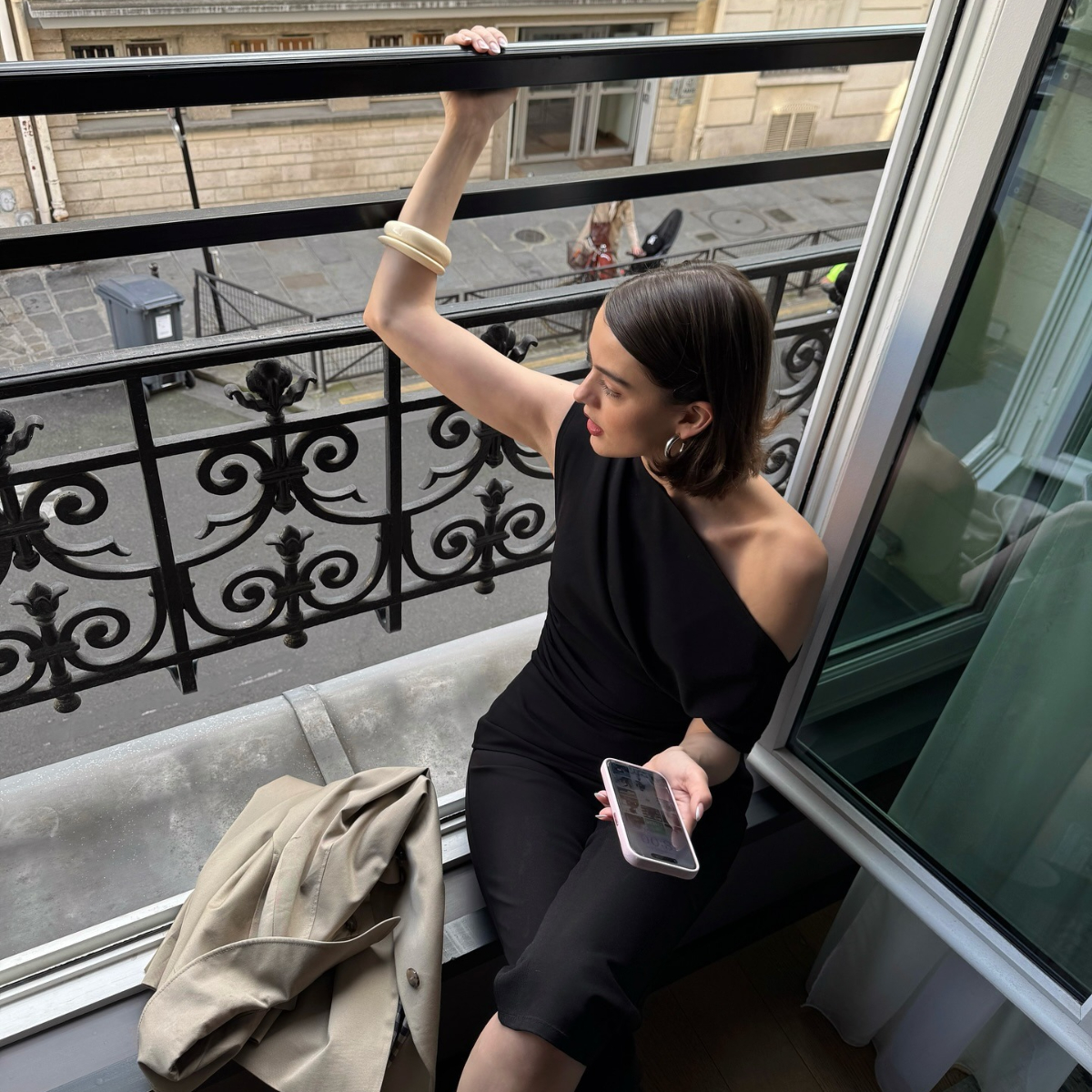
Don't worry; if you don't know what I'm talking about, I'll explain. The caveman method essentially involves ditching your entire skincare routine and letting your skin reset and heal on its own. I know this may sound unthinkable to some—especially those with acne-prone skin—but TBH, it really worked for me. My skin is extremely sensitive, reactive, and prone to acne, and for the longest time, I couldn't figure out why it would get so red and inflamed. After an eye-opening conversation with celebrity aesthetician Sofie Pavitt, though, I realized that the retinoids and even my cleanser were drying out my already sensitive, barrier-damaged skin, and I desperately needed a reset. While I definitely don't think it's a good idea to completely quit your skincare routine forever, I do think if you're struggling with persistent redness, inflammation, and breakouts like I was, a short reset for a bit can be massively beneficial. I stopped using products for a while and my skin calmed down almost immediately. Now, I use a gentle oil cleanser or cream cleanser and stay away from retinoids. I asked a dermatologist to break down the appropriate way to do a skincare reset below.
How Long You Should Practice the Caveman Method
Like I mentioned above, going commando with your skincare for a minute can definitely have its benefits, especially if you're dealing with a damaged skin barrier like I was. Board-certified dermatologist and RealSelf partner Sonia Badreshia-Bansal, MD, also says, "For individuals struggling with allergic reactions, unexplained rashes, or extremely sensitive skin, eliminating products temporarily can sometimes help identify what may be causing irritation. In that sense, it functions much like an elimination diet, but for your skin."
But she stresses that it isn't recommended to do this for longer periods of time. "While the skin is an intelligent organ that can self-regulate to an extent, completely avoiding products long-term can do more harm than good," she explains. "Without moisturizers or sun protection, the skin is more vulnerable to dryness, environmental damage, UV exposure, and accelerated aging. Think of the skin like a garden: You can let it rest, but if you never water or nourish it, the barrier weakens over time. The key is supportive skincare, not overuse or complete elimination. A balanced approach fosters long-term skin health. Without gentle cleansing, sweat, environmental pollutants, and natural oils can build up on the skin’s surface, creating an ideal environment for fungal or bacterial overgrowth. If someone is dealing with significant skin barrier disruption or irritation, taking a short product break can be helpful, but ideally no longer than a few days. This gives the skin a chance to recalibrate, especially if it has been overwhelmed by too many activities or harsh ingredients. However, even during a reset, I still recommend using gentle, supportive basics like a bland moisturizer and a physical sunscreen daily."
Effective Alternatives to the Caveman Method
As a beauty editor, I love taking a product break. In fact, it feels necessary sometimes when I use and try so many different products all the time. But Bansal says you don't actually have to completely stop using your products. Sometimes, it's just as effective to pare back your routine to the basics. "While the caveman regimen might work for a very select few with specific conditions, for most people, a better approach is simplification—paring back to just a gentle cleanser, a moisturizer, and sunscreen—rather than abandoning skincare altogether," she says. "Always listen to your skin, and if you’re struggling, consult a dermatologist before jumping on trending challenges."
For a compromised skin barrier, Bansal recommends a minimalist routine with a gentle fragrance-free cleanser and a moisturizer rich in hydrating and reparative ingredients like ceramides, cholesterol, and fatty acids. She also suggests a mineral sunscreen with zinc oxide or titanium dioxide and to avoid all exfoliants and other actives like retinol. She says the skin will usually heal within one to three weeks, but it also depends on the severity of the damage.
On the other hand, if you have dermatitis or have recently dealt with an allergic reaction, Bansal says that less is more. She says to stick to petrolatum-based ointments like Vaseline or Aquaphor, but you may want to be careful using these on your face if you're acne-prone, as they might be too occlusive. If you are acne-prone, you can try products with ingredients like aloe vera or colloidal oatmeal instead because they're soothing.
Whenever I need to go back to the basics, I reach for the below products.
Skincare Basics I Love When Paring Back
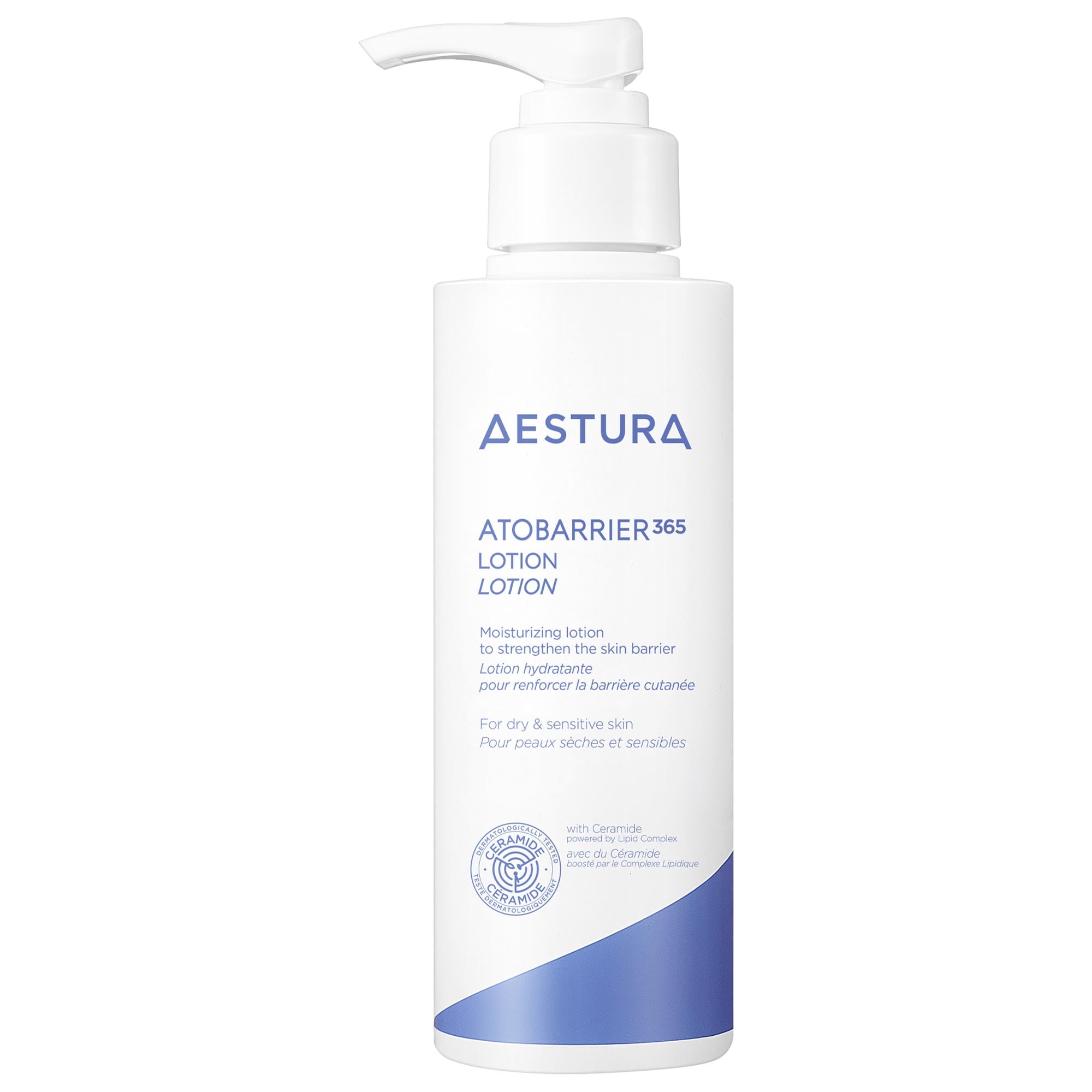
Aestura's Atobarrier line is perfect for healing the skin barrier. The brand also has a richer version of this product, but this one is great for acne-prone skin. It contains a host of barrier-reinforcing ceramides, a triple lipid complex, along with niacinamide.
Shawna Hudson is a beauty, wellness, lifestyle, and travel writer with over 10 years of experience. She graduated from California State University, Fullerton, with a degree in journalism and has written for other publications such as Bustle, The Zoe Report, Byrdie, Elite Daily, and more. She is currently a beauty writer atBest Knockoff Luxury Clothing and hopes to continue feeding her (completely out-of-control) beauty obsession as long as she can. Stay up to date on her latest finds on Instagram @shawnasimonee.
